Physio Scout has published a new data-driven breakdown forecasting a sharp uptick in muscle injuries over the next two months, citing fixture congestion, accelerating match intensity, and short recovery windows. The analysis highlights a likely rise in hamstring and soft-tissue strains across top leagues as clubs juggle domestic fixtures and European travel. The post also sparked conversation about sample sources (e.g., ForceDecks data) and a widely shared note on Joachim Andersen needing scans after a hamstring issue. With squads already stretched, the warning serves as a timely cue for smarter rotation, individualized recovery, and proactive risk management.
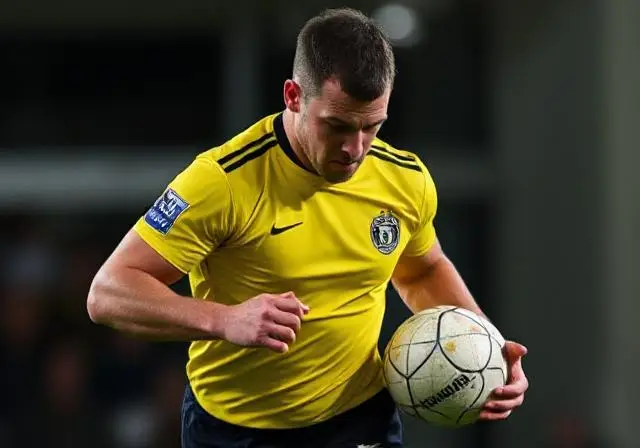
A publicly shared injury analysis by Physio Scout set out why soft-tissue issues typically spike across late autumn and early winter, when domestic schedules tighten and European commitments intensify. The post referenced load metrics and neuromuscular screening trends, prompting questions about whether ForceDecks samples are drawn mainly from Premier League/EFL players and whether UEFA participants skew risk profiles. Alongside that discussion, a note circulated about Joachim Andersen exiting with suspected hamstring trouble and awaiting scans. Other football chatter in the same discussion space included sightings of Arsene Wenger, Thierry Henry and Raphael Varane at Como vs Juventus, and generic motivational posts from high-profile players.
Really proud of this post, we investigate why muscle injuries will surge over the next two months. If you have a minute, give it a read and don’t forget to retweet to help us! Thanks 🙏
@physioscout
Impact Analysis
The projected surge in muscle injuries sits at the intersection of biomechanics, scheduling, and squad management. First, the calendar compresses: midweek fixtures layered onto weekends expand cumulative high-speed running and repeated accelerations while shrinking recovery windows from the optimal 72–96 hours. Second, travel load matters. Cross-border trips for UEFA fixtures disrupt sleep architecture and circadian rhythm, compounding neuromuscular fatigue and elevating soft-tissue risk. Third, tactical trends ramp up intensity. High pressing, vertical transitions and aggressive restarts create more maximal sprints and eccentric decelerations per minute, stressing hamstrings and calves.
From a performance-medical perspective, this period punishes teams that miss early flags. Drops in countermovement jump metrics, asymmetry spikes on ForceDecks, and rising RPE/HRV red flags should trigger load adjustments. Where they do not, expect a cascade: Grade 1–2 hamstring strains (2–4+ weeks out), soleus strains in explosive forwards, and adductor issues in full-backs tasked with relentless overlaps. Financially, the costs mount—appearance and performance bonuses, plus downgraded competitive odds, can move millions across a campaign. Title challengers and promotion candidates are especially exposed; depth, rotation discipline, and evidence-led recovery (cold-water immersion, sleep hygiene, individualized microdosing of speed work) will separate survivors from the casualty lists.
Reaction
Community responses split into three lanes. First, the data crowd engaged directly: practitioners asked for clarity on sampling—whether ForceDecks datasets skew toward Premier League/EFL cohorts and how inclusion of UEFA participants influences baselines. That nuanced back-and-forth suggests clubs and analysts are aligning on a shared vocabulary for risk profiling.
Second, fans vented at the broader ecosystem, with some calling the calendar "greedy" and "unsustainable." The central grievance: stacked TV windows and commercial tours have stretched athletes beyond safe thresholds. This sentiment was amplified by references to recent soft-tissue scares and the sense that short-term spectacle is trumping long-term player health.
Third, the noise: unrelated club drama and celebrity sightings bled into the thread, including a rogue dismissal claim unconnected to the analysis and snapshots of legends attending Como vs Juventus. Despite the clutter, the core message resonated. Supporters across rival bases acknowledged the pattern: when midweeks pile up and travel bites, hamstrings go next. Practitioners urged patience, advocating for rotation without scapegoating individuals when lineups change in congested runs.
Social reactions
Harry Maguire scored at Anfield… before £150M Wirtz and £150M Alexander Isak.
Mo (@bareejeste)
Great work and nice viz.👏 I have a question. If you don’t mind, can you let me know? “Are the samples of ForceDecks data mainly from players in PL/EFL, including a mix of players participating in UEFA competitions and those who are not playing?”
じぇふ (@arsenalitics1)
📸 - Arsene Wenger, Thierry Henry and Raphael Varane are watching the Como vs Juventus game together. Heavily impressed by Cesc Fábregas.
The Touchline | 𝐓 (@TouchlineX)
Prediction
Short term (0–4 weeks): Expect a measurable rise in low-to-moderate grade hamstring strains among high-minute starters—wide forwards, pressing eights, and overlapping full-backs. Clubs with thin depth will rotate late, pushing red-flagged players across the line. In-game, look for earlier substitutions at 55–70 minutes to preempt fatigue-related breakdowns, plus a bump in "muscle tightness" withdrawals that convert to 10–21 day absences after scans.
Medium term (4–8 weeks): Teams embracing micro-rotations—two changes per line, protected training intensities, individualized sprint microdoses—will stabilize. Expect targeted use of neuromuscular screens (CMJ, isometric mid-thigh pull, adductor squeeze) to gate-keep match readiness. Clubs traveling for Europe will trial sleep interventions and staggered warm-ups to offset circadian disruption. Expect a shift in tactical risk: more compact mid-blocks away, fewer all-out presses in quick turnarounds.
Seasonal arc: Injury curves should normalize after the most compressed window, but squads that ignore early signals will carry lingering soft-tissue re-injury risk into the spring. Title contenders and promotion hopefuls that maintain availability north of ~85% for key starters will gain decisive points. Transfer planning may adjust accordingly: January windows could prioritize durable profile full-backs and multipositional mids to diffuse sprint loads.
Latest today
- Barcelona optimistic on Marcus Rashford stay as Hansi Flick pushes for permanent move
- Real Madrid set to open talks with Antonio Rüdiger - optimism high for new deal
- Exclusive: David Alaba expected to leave Real Madrid in summer 2026 as contract runs down
- Man United cool Dabo pursuit after sealing Cristian Orozco, backing U18 gem Jim Thwaites
Conclusion
The warning from Physio Scout is timely and, frankly, familiar to anyone tracking the high-performance space: congestion, travel, and intensity are colliding. What makes this season’s period especially fraught is the twin squeeze of relentless transitions on the pitch and ever-tighter microcycles off it. The solution set is not mysterious—rotate earlier, individualize loads, and treat screening data as a hard gate rather than a polite suggestion—but discipline is rare when points feel precious and narratives demand unchanged XIs.
Clubs that accept short-term noise (rotations, minutes caps, tactical moderation) will likely avoid the costly spiral of repeat strains. Those that chase continuity in spite of red flags will pay in rehab hours and lost points. As the next two months unfold, availability will be an edge as real as finishing or pressing efficiency. If the sport wants both spectacle and sustainability, the medical and performance voice must be heard loudly in selection meetings—starting now.









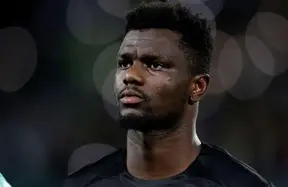
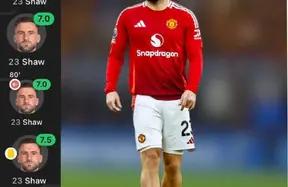
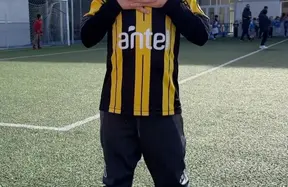
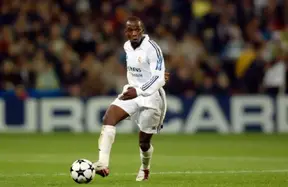
The xG Philosophy
Redemption.
Mo
Harry Maguire scored at Anfield… before £150M Wirtz and £150M Alexander Isak.
じぇふ
Great work and nice viz.👏 I have a question. If you don’t mind, can you let me know? “Are the samples of ForceDecks data mainly from players in PL/EFL, including a mix of players participating in UEFA competitions and those who are not playing?”
The Touchline | 𝐓
📸 - Arsene Wenger, Thierry Henry and Raphael Varane are watching the Como vs Juventus game together. Heavily impressed by Cesc Fábregas.
Troll Football
Today in the Premier League
EuroFoot
🇪🇸 Mikel Arteta names his Premier League manager Mount Rushmore... ⛰️🐐 - Arsene Wenger 🇫🇷 - Pep Guardiola 🇪🇸 - David Moyes 🏴 - Sir Alex Ferguson 🏴 ()
Arsenal
Another star turn from our number 7 🌟 Last night's Player of the Match as voted by you: Bukayo Saka 👏
Cristiano Ronaldo
Success is not an accident 🟡🔵
(fan) Trey
I’m not even surprised WTF IS THIS GREED
Nottingham Forest
Nottingham Forest Football Club can confirm that after a series of disappointing results and performances, Ange Postecoglou has been relieved of his duties as head coach with immediate effect. The Club will make no further comment at this time.